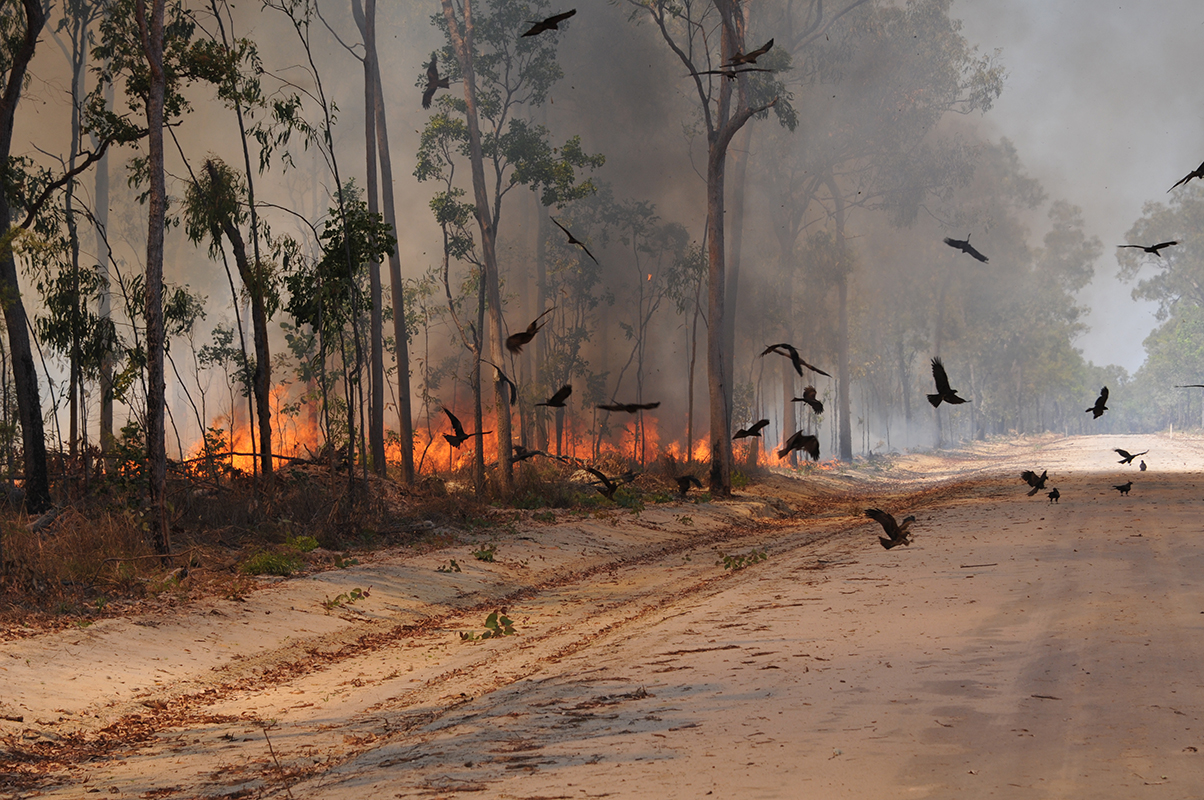14 Most Bizarre Scientific Discoveries of 2018
Toad found with no face

In the forests of Connecticut, herpetologist Jill Fleming spotted an unusual sight. An American toad (Anaxyrus americanus) appeared to be lacking its entire face and "kept hopping into things," she tweeted. The finding, which occurred two years ago, still has no full explanation and so Fleming turned to the social media site to see if the collective scientific hive-mind might come up with ideas. The most likely explanation seemed to be that the unfortunate toad had gone into hibernation and been attacked by a flesh-eating toad fly larvae, which ate its face, but left the rest of its body well enough to jump around.
Suppressed sneeze causes ruptured throat

Let this be a warning: Do not stifle a sneeze! After a 34-year-old man in England tried holding his nose and shutting his mouth to prevent someone having to tell him 'Gesundheit,' he felt a terrible popping sensation in his neck. Doctors found an array of air bubbles trapped under his skin, mostly in his neck region, determining that the suppressed sneeze had torn a hole in the bottom part of his pharynx, or throat. The man survived and eventually healed. Two months later, he had no further health problems. But the harrowing incident led researchers to understatedly report in January that "halting a sneeze via blocking nostrils and mouth is a dangerous maneuver and should be avoided."
Australian birds steal fire

Repeating the Greek legend of Prometheus, who stole fire from the gods to give to humankind, several Australian birds seem to have learned that snatching bits of smoldering grasses or branches from naturally occurring forest fires lets them light new blazes. Researchers Down Under collected Aboriginal accounts of birds known as firehawks — black kites (Milvus migrans), whistling kites (Haliastur sphenurus) and brown falcons (Falco berigora) — performing this blazing behavior, sometimes alone or in coordination with other firehawks. They believe the birds are using the new infernos to drive small prey from grassy areas into exposed areas, making the creatures easier to hunt.
Heat wave boils bats

The terrible effects of climate change are worsening every year. In January, a heat wave in the Australian state of New South Wales saw temperatures skyrocketing to 111.5 degrees Fahrenheit (44.2 degrees Celsius), causing at least 200 bats to fall from the sky, dead. The heat-stricken creatures basically boiled alive, said Kate Ryan, who manages the colony of gray-headed flying foxes (Pteropus poliocephalus). "It affects their brain — their brain just fries and they become incoherent," she said, according to a local newspaper.
Originally published on Live Science.
Get the world’s most fascinating discoveries delivered straight to your inbox.

Adam Mann is a freelance journalist with over a decade of experience, specializing in astronomy and physics stories. He has a bachelor's degree in astrophysics from UC Berkeley. His work has appeared in the New Yorker, New York Times, National Geographic, Wall Street Journal, Wired, Nature, Science, and many other places. He lives in Oakland, California, where he enjoys riding his bike.


